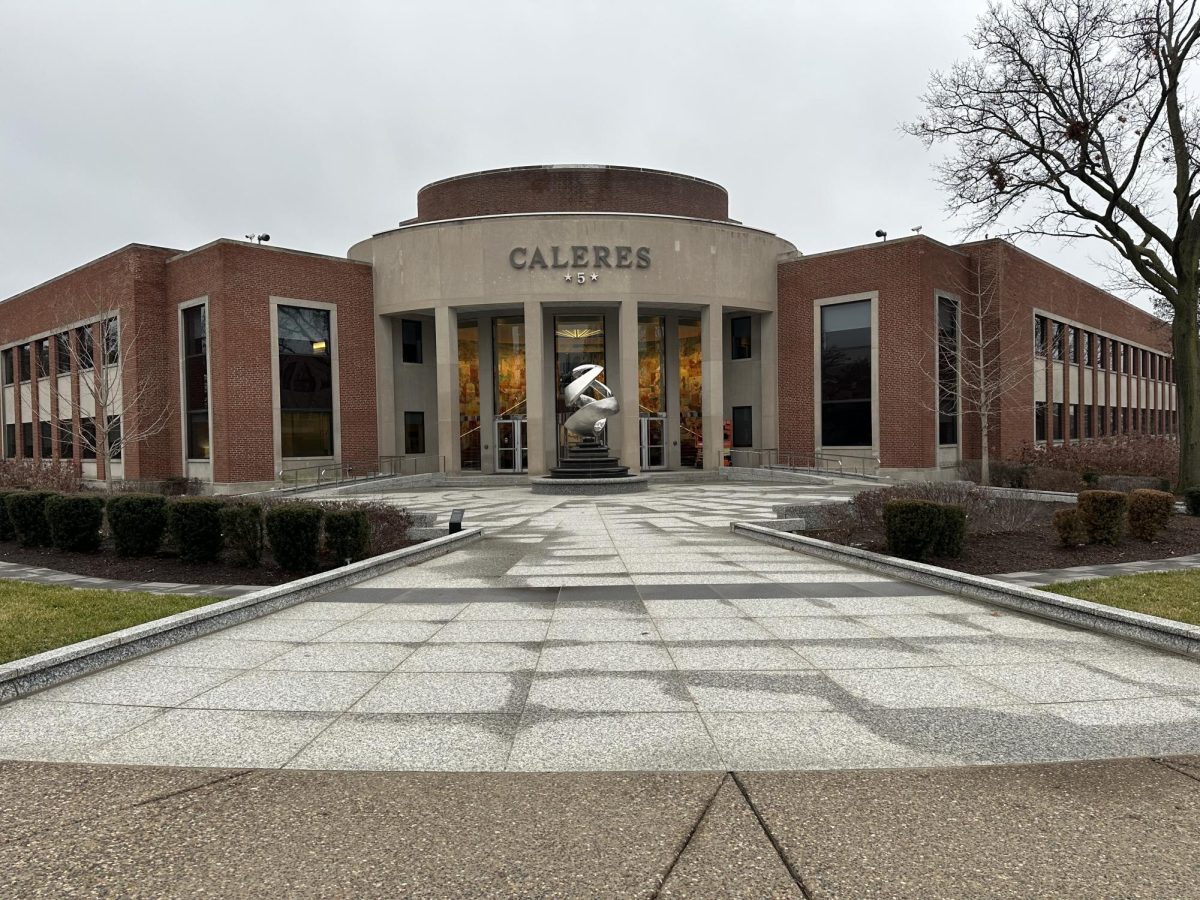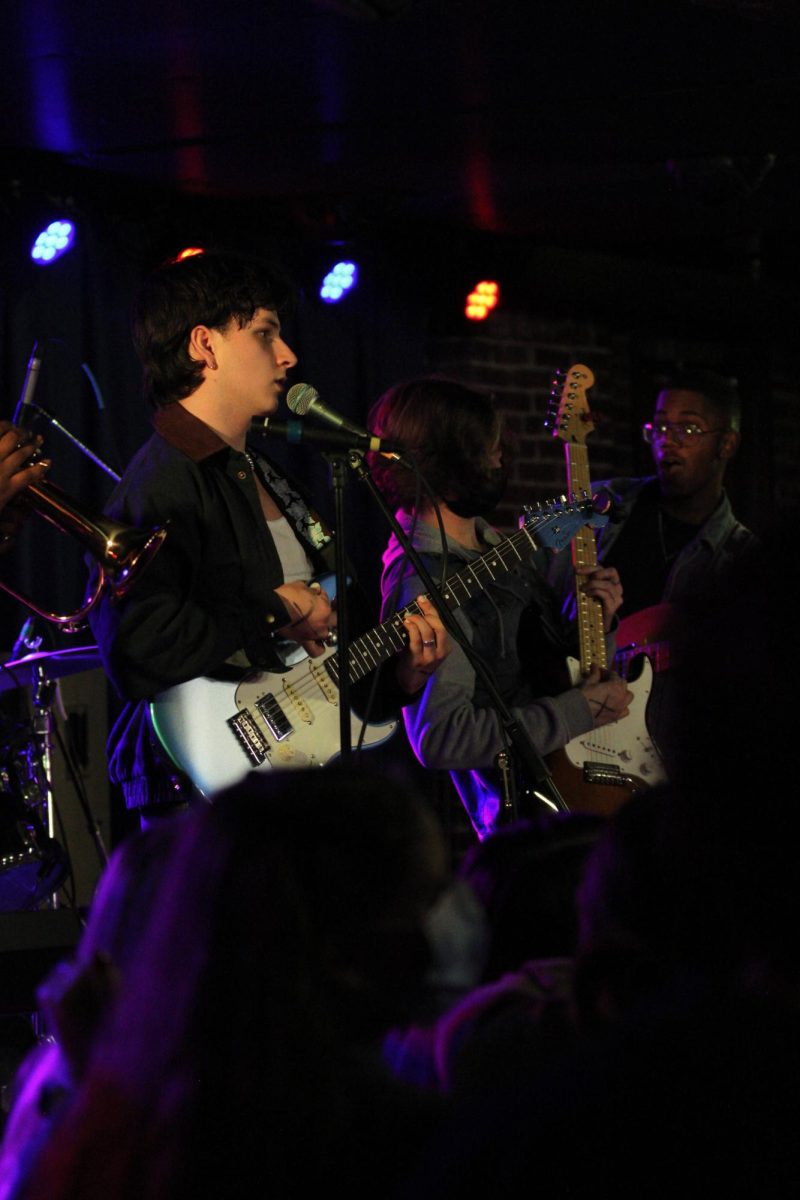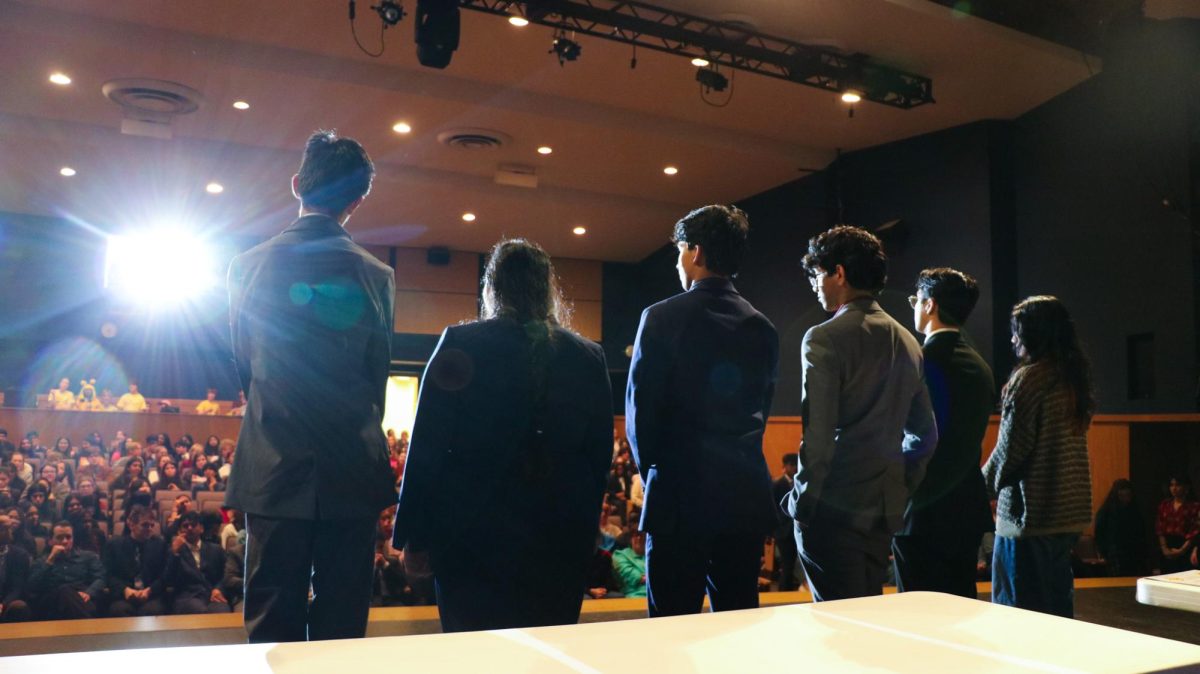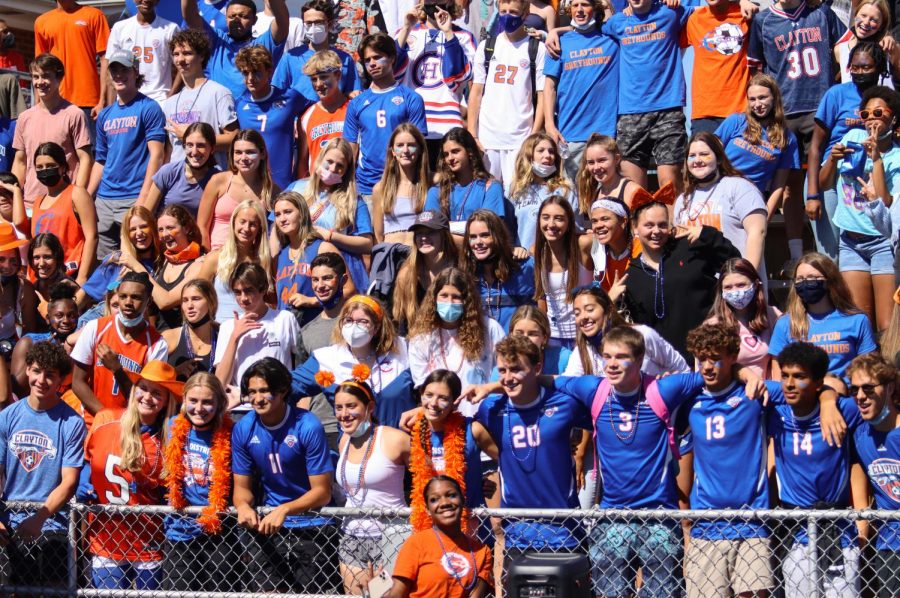As the City of Clayton moves further into the 21st century, it continues to shed vestiges of the past. Small shops are replaced by sparkling office buildings; old school buildings are sold for new condominiums. This transformation, generally limited to downtown Clayton and the surrounding area, figures to drastically change the face of our city.
Take, for example, the arrival of large new office buildings across the central business district. Several new office towers are planned, in the place of what are now small shops and apartments. Sikeston, MO based Montgomery Bank plans a 25-30 story office building on the site of the historic World News shop, at Forsyth and South Central. In addition, Apex Oil plans to demolish several currently vacant retail buildings on Forsyth near Straubs, in favor of a 10 story tower.
What effect has all of this development had on the Clayton community? In 1989, Bonhomme Place, a seven-story office building was erected on the site of the former Crispus Attucks School, at Bonhomme and Hanley. The school served as the Clayton School District’s sole institution for students of color until the Supreme Court’s Brown v. Board decision outlawed such racial segregation. Today, there is no sign of the land’s historical past.
In addition, the new Wydown Middle School has recovered nuggets of history. During the 1904 World’s Fair, held partly in Clayton, members of several tribes from the recently conquered Philippine Islands were “on exhibition†immediately surrounding what is now the District’s sole middle school.
In particular, the Igorot tribes of the northern Philippines were put on display directly underneath the new Wydown building. Until the 1970s, their legacy and history was celebrated by the school; both the yearbook and sports teams were named after the tribes. Since then, however, a pungent wave of political correctness has swept the country, leaving no school untouched. Unlike the horrifyingly racist depictions of American Indians present in the names and logos of some modern sports teams, Wydown celebrated the Igorots in a generally respectful manner.
Why is this relevant, the reader asks. Why? In this new wave of development and progress, Clayton is at risk of forgetting its unique history. Glass and steel rise above fascinating, forgotten stories. Not once does the Clayton student learn about Crispus Attucks School, or the city’s ties to the 1904 Philippine Exhibit and the Igorots. How many other stories are hidden away? What other chapters of history are forgotten?
As our physical ties to the past are erased, our historical and cultural ties are only in more danger. We inadvertently whitewash our past when we ignore such historical happenings. For a city that prides itself on its diversity, we paradoxically homogenize our population, our history, our city, ourselves. In the end, we are confronted with two simple questions: What sort of city is Clayton, and what sort of city does Clayton want to be?





